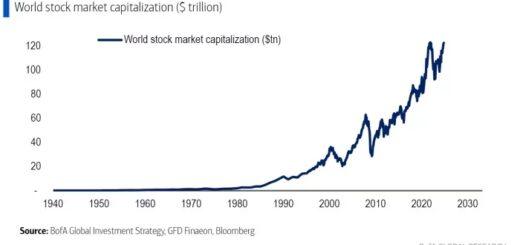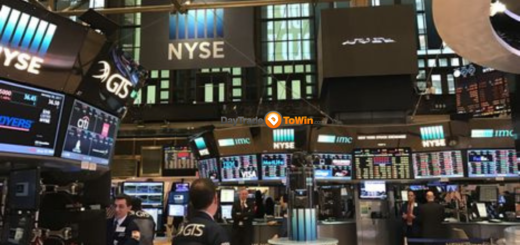Red Sea Shipping Incidents Shake Financial Markets with Inflation Apprehensions
Recent attacks on commercial shipping in the Red Sea are raising broader concerns about the potential resurgence of inflation, especially in Europe, posing a threat to the central narrative in the financial markets for the new year.
This narrative gained traction after the Federal Reserve’s recent shift towards a more dovish stance, continuing to unfold on Tuesday, indicating that inflation is expected to ease enough to prompt a series of interest-rate cuts in 2024.
Financial markets positioned themselves for this optimistic scenario in various ways: Treasury yields mostly decreased, traders maintained expectations for five to seven quarter-point rate cuts in the U.S. next year, and stocks closed higher, with the S&P 500 SPX just falling short of breaking a record set in January 2022.

The developments in the Red Sea prompted the U.S. to announce a new international effort to counter the attacks on Monday, causing oil prices CL.1, +1.26% CLG24, +1.26% to rise for a second consecutive day on Tuesday as shipping companies rerouted their cargoes. Investors were reminded of the world’s heavy reliance on what Deutsche Bank strategists have termed a network of invisible connections spanning seas, skies, and land.
Derek Tang, an economist at Monetary Policy Analytics in Washington, noted that the Red Sea events primarily impact Europe, but if they persist over a three- to six-month period, the U.S. could also be affected, triggering a domino effect on various fronts.
BMO Capital Markets strategists Ian Lyngen and Ben Jeffery emphasized that “further disruptions in the Red Sea or any other major channels of commerce present potential upside inflationary impulses,” complicating efforts to keep the 10-year Treasury yield BX:TMUBMUSD10Y below 4%.
Investors face significant implications, including the potential need to recalibrate their inflation outlook and expectations for lower interest rates in the coming year. Despite a decline from the peak of 9.1% in June 2022, inflation has consistently remained above the Fed’s 2% target.
If inflation is perceived to resurface, akin to the period between 1966-1982, market-implied rates may rise, leading policymakers to reconsider recent plans to refrain from further rate hikes. Fed Gov. Chris Waller even flagged the possibility of the U.S. central bank cutting borrowing costs simply due to falling inflation, irrespective of economic growth.
Macro strategist Will Compernolle of FHN Financial in New York highlighted that the recent Fed pivot was driven by sustained improvement in inflation, and markets may have prematurely embraced the significant narrative shift.
The potential return of inflation could also influence investors’ decisions regarding the nearly $6 trillion cash pile in money-market accounts. Debates are ongoing about whether a portion of this pile will remain, flow back into stocks, or return to bond funds, depending on whether the Fed cuts rates or maintains them at a 22-year high of between 5.25%-5.5%.
On Tuesday, the Treasury market remained relatively stable, with the benchmark 10-year yield BX:TMUBMUSD10Y finishing at 3.921%, the lowest level since July 26. Meanwhile, stocks rallied, with the Dow Jones Industrial Average DJIA and Nasdaq Composite COMP both gaining almost 0.7%.
Bank of America’s latest survey of sentiment among global fund managers indicated that one of the major perceived risks is the potential for high inflation, compelling central banks to keep interest rates elevated.




